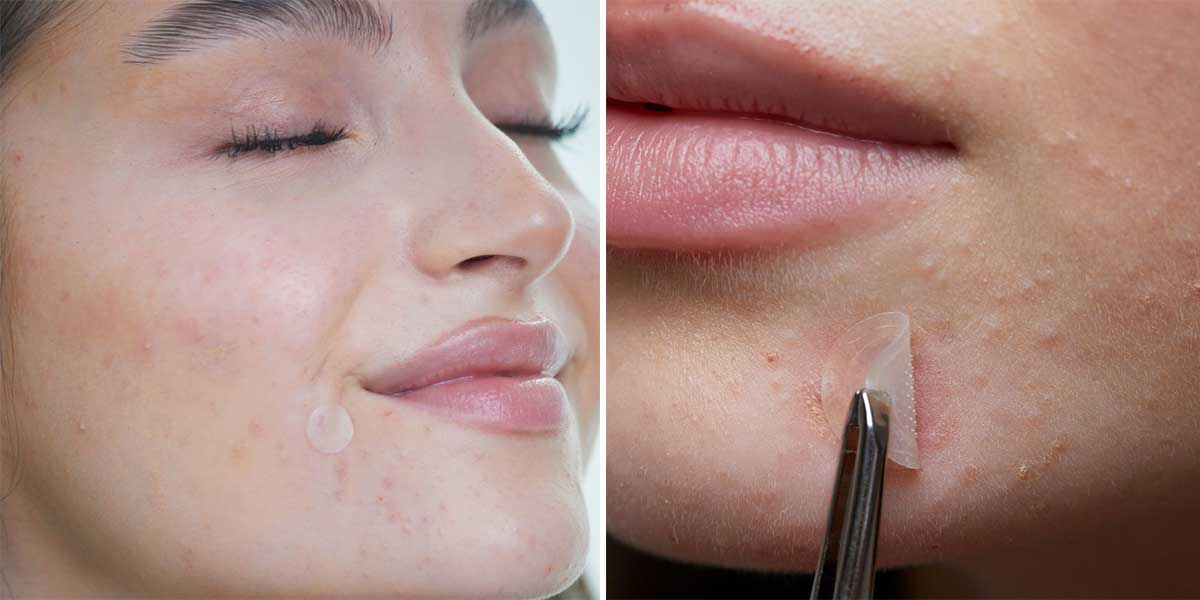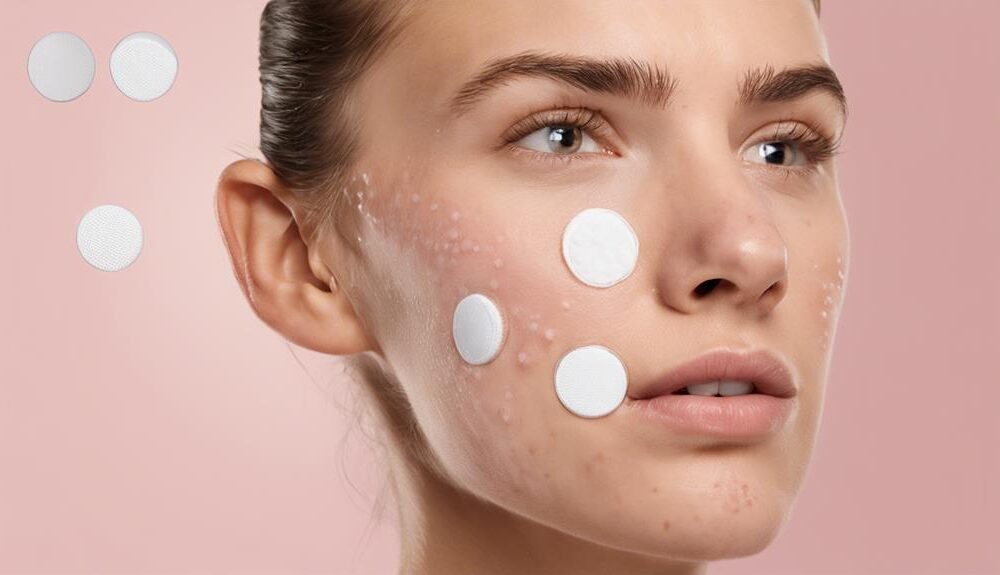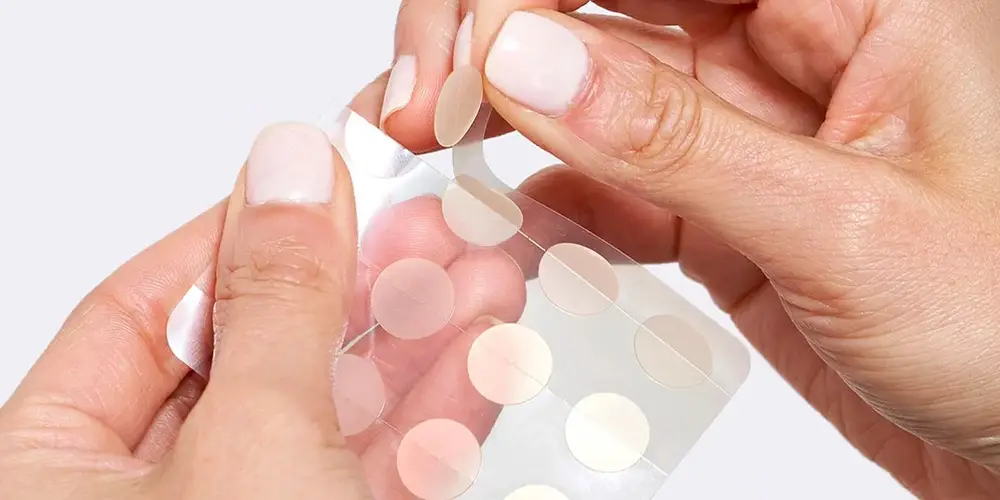The Skincare Bestseller Every Business Should Be Sourcing

9/1/2025 · 4 min read · Beauty & Personal Care
Acne Pimple Patches: A Global Bestseller in Beauty & Personal Care
Introduction
In today’s fast-paced beauty market, few products have made as much impact as acne pimple patches. Originally a niche K-beauty innovation, these tiny hydrocolloid stickers are now stocked by global retailers, sold on Amazon in the millions, and embraced by both teenagers and adults as a quick, effective solution for blemishes. What makes acne patches such a phenomenon, and how can businesses source them effectively? Let’s explore.

What Are Acne Pimple Patches?
Acne patches are small, transparent hydrocolloid bandages designed to cover pimples. They work by:
- Absorbing impurities and excess oil.
- Creating a protective barrier against dirt and bacteria.
- Reducing inflammation and redness overnight.
- Preventing picking (which often worsens acne).
Some advanced versions also include active ingredients like salicylic acid, tea tree oil, or niacinamide for added treatment power.

Why They’re in High Demand
- Proven results: Visible reduction in blemishes within 6–12 hours.
- Social media virality: TikTok and Instagram influencers made pimple patches a cool, normalized skincare step.
- Affordability: Low-cost packs ($5–$20) encourage repeat purchases.
- Unisex and universal: Acne doesn’t discriminate; patches appeal to teens, young professionals, and even older adults.
For example, Mighty Patch on Amazon has over 140,000 reviews, reflecting both popularity and customer trust.
Market Size & Growth
- The global acne patch market is projected to grow at ~6–8% CAGR through 2030, driven by rising skincare awareness.
- The Asia-Pacific region leads, with South Korea and Taiwan being the innovation hubs.
- Western markets (US, EU) have seen double-digit growth post-2020, as patches became mainstream.
Sourcing Acne Pimple Patches: Where to Buy Wholesale
1. South Korea – The Origin of Pimple Patches
- Home to pioneers like COSRX, Some By Mi, and Etude House.
- Manufacturers in Seoul, Gyeonggi, and Osong Bio Valley specialize in hydrocolloid dressings and skincare packaging.
- Known for innovative formulations and strict quality standards.
- Best suited for premium, branded, or private label K-beauty positioning.
2. Taiwan – High-Quality Medical Patch Manufacturing
- Strong background in medical-grade hydrocolloids (originally used for wound care).
- Competitive pricing with solid R&D capabilities.
- Ideal for businesses wanting high-performance patches with FDA/EU compliance.
3. China (Guangdong, Zhejiang) – Scale and Price Efficiency
- Large-scale OEM/ODM patch production.
- Flexible MOQ (Minimum Order Quantity) starting at ~5,000 packs.
- Fast lead times (4–6 weeks).
- Suitable for mass-market, budget, and Amazon FBA sellers.
Compliance & Certifications You Must Check
Before sourcing acne patches, ensure compliance with your target market:
- ISO 22716 (Cosmetics GMP) – for manufacturing quality.
- FDA MoCRA (USA) – register facility and product listing.
- EU Regulation (EC 1223/2009) – requires Product Information File (PIF) and CPNP notification.
- Halal Certification – valuable for Muslim markets; mandatory in Indonesia from Oct 2026.
Packaging & Branding Trends
- Minimalist designs: Clean, white, clinical look appeals to trust.
- Eco-friendly packs: Biodegradable pouches and recycled paper backing.
- Custom shapes: Stars, hearts, flowers (popular with Gen Z).
- Discreet transparent patches: For daily wear outside the home.
Marketing Opportunities
- TikTok campaigns with before-and-after videos.
- Influencer collaborations: Affordable, viral-friendly product.
- Subscription boxes: Great as a recurring skincare staple.
- Retail expansion: Pharmacies, supermarkets, and beauty chains stock patches as impulse buys.
Cost & Profit Margins
- Manufacturing cost: $0.15–$0.35 per patch pack (depending on actives, packaging, and source).
- Wholesale price: $0.80–$1.20 per pack.
- Retail price: $5–$20 per pack (online or retail).
- Margins: 60–80% achievable, especially via private label.
Conclusion
Acne pimple patches are no longer a K-beauty secret—they are a global skincare essential. With booming demand, low entry barriers, and flexible sourcing options, they represent a perfect product for entrepreneurs, retailers, and private-label brands to capitalize on.
By sourcing from South Korea (innovation), Taiwan (medical-grade), or China (scale), and ensuring compliance for your target market, you can tap into this growing industry with confidence.
The next step? Identify your brand positioning (premium K-beauty, affordable Amazon FBA, or halal-friendly for SE Asia), and secure a supplier who meets your MOQ, certifications, and packaging needs.